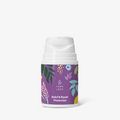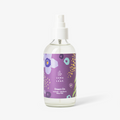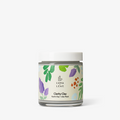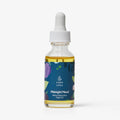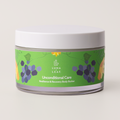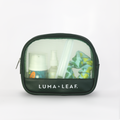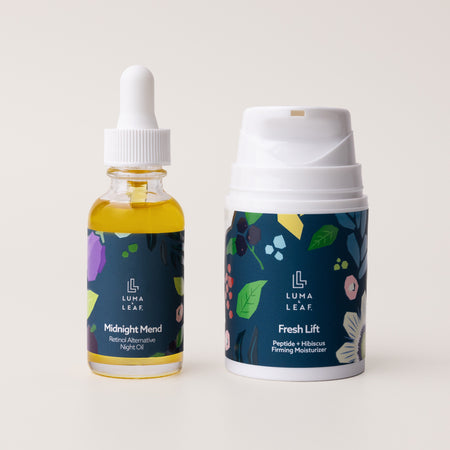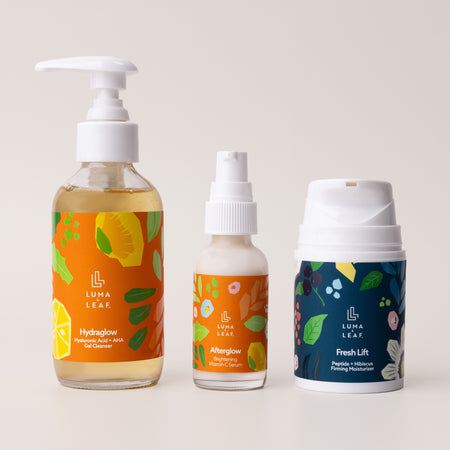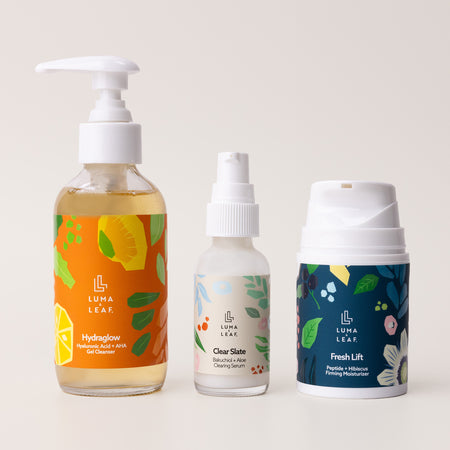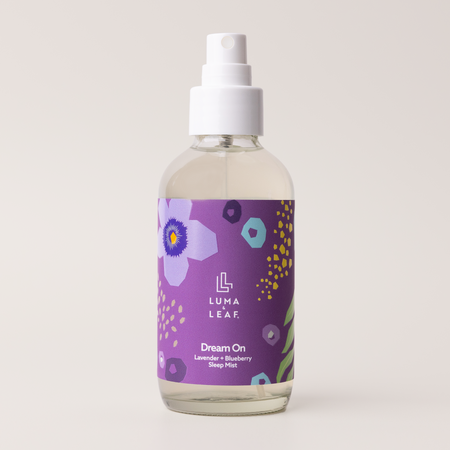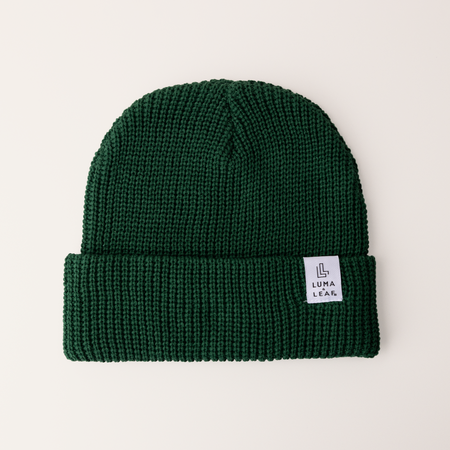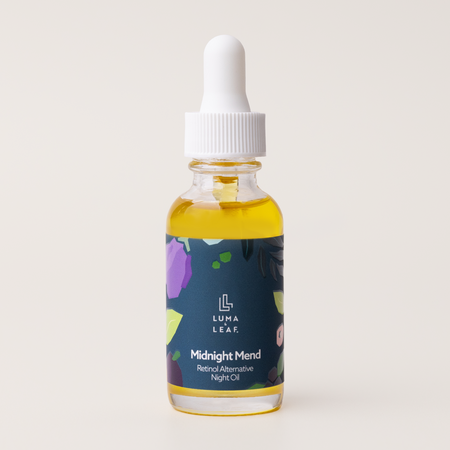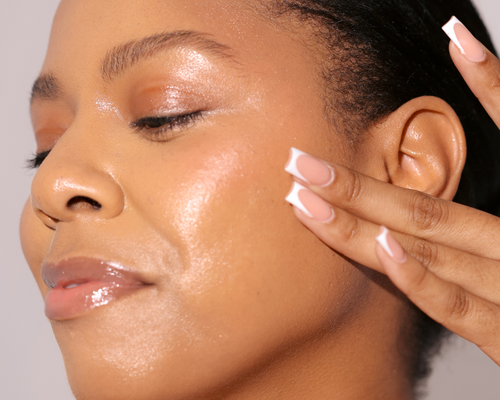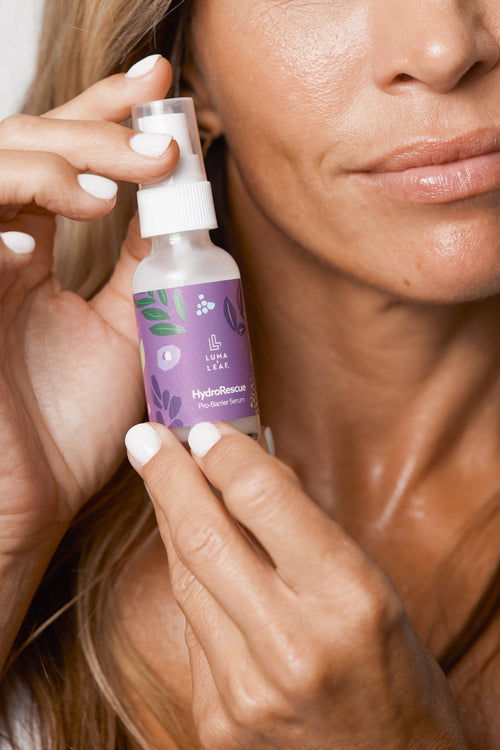
We know that AHA exfoliants are great at what they do. Now, we’re going to share all the different types of AHAs you can look for to bring forward your best skin yet.
Glycolic Acid
Derived from: Sugarcane
Glycolic acid is the smallest in molecular size out of all AHA exfoliants. Because of this, it penetrates skin the fastest and easiest. Glycolic acid is great for stimulating collagen and boosting elastin production. It helps improve hyperpigmentation, congested pores, and keratosis pilaris. A small but mighty skincare ingredient.
Lactic Acid
Derived from: Beets or corn starch fermentation
Lactic acid is the second smallest in molecular size, making it gentler on skin than glycolic acid. Lactic acid is effective in resurfacing and smoothing skin, especially those with dry or rough exteriors. It also works to increase skin thickness and firmness. 10/10 benefits.
Malic Acid
Derived from: Apples
Malic acid is known for being larger in molecular size, and one of the best for sensitive skin-havers. It’s great for exfoliating the surface of the skin to relieve congested pores and fade discoloration. Malic acid also contains humectant properties, which gives skin a hydrating effect. You’ll occasionally find this form of AHA exfoliant as a pH adjuster in certain formulations. Overall, a solid AHA to add to your lineup.
Tartaric Acid
Derived from: Grapes
Tartaric acid has antioxidant properties, keratolytic properties, and humectant properties. These properties work together to break down tough layers while retaining moisture and protecting skin from free radicals. It, too, is occasionally used as a pH adjuster if a formulation calls for it. A triple threat.
Mandelic Acid
Derived from: Bitter Almonds
This is it. Mandelic acid is the largest in molecular size making it the most gentle AHA exfoliant on the block. This AHA form is non-irritating in nature, which makes it a great choice for those with darker skin tones who are at an increased risk for hyperpigmentation. It also contains antibacterial properties and anti-inflammatory properties, all while providing superficial exfoliation. Who knew almonds held this much power?
Citric Acid
Derived from: Citrus fruits
Citric acid is an AHA exfoliant that is primarily used as a pH adjuster to ensure a product or formulation is performing the way it’s supposed to. But that’s not its only benefit in the process. Citric acid also contains antioxidant properties that help plump and brighten skin (so you can get your daily dose of citrus in the AM).
Phytic Acid
Derived from: Grain or rice
Although phytic acid is a type of AHA exfoliant, it’s mostly used for its antioxidant properties. Phytic acid is helpful for hyperpigmentation and brightening skin. When combined with other AHAs, it serves as a booster to give skin those bright vibes.
Now that you’re well-versed in all the AHA exfoliants, hopefully you’ll recognize a type or two next time you’re scanning ingredient lists. When in doubt, bookmark this blog or head to our Instagram for future reference. You can always expect the skincare scoop from us.

